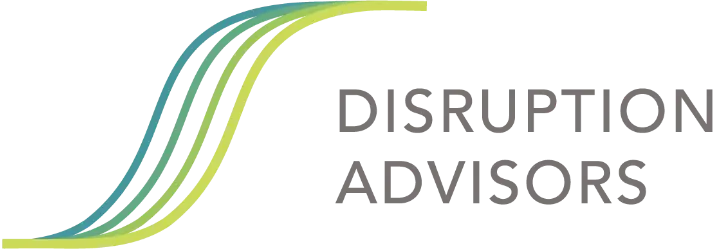S is for social distance, and social distancing is the new S Curve of Learning we’ve all suddenly jumped to.
Not surprisingly, many of us feel disoriented, anxious, and uncertain as we navigate the entry level of this unexpected and unfamiliar path. How do we continue working? How do we manage childcare? How do we avoid isolation, boredom, depression?
I don’t have answers to these or many other questions, which will require adaptation and creativity depending on specific situations. But I do have a couple of suggestions that generally help us master other S curves: battle entitlement and embrace constraints.
Battle the entitlement that might lead to ignoring the array of recommendations coming from national and local governments, churches, medical personnel, employers and others. Battle the entitlement that manifests in excess purchasing and storing (hoarding) of provisions. Battle the entitlement that could lead you to perhaps expose and endanger others in higher risk age and/or health groups.
Then, embrace the constraints of this wacky, once-in-a-lifetime disruption. Instead of focusing on what we can’t do, let’s focus on what we can, like the Australian couple who launched their canceled cruise from home.
Social distancing doesn’t have to be dehumanizing.
For example, one of my team members, after standing in line for 45 minutes to purchase $20 worth of groceries, was told that the customer before her had paid for them. I bet most of us have read about, heard of, or experienced recent acts of goodwill and humanity. Generosity and gratitude help smooth many challenges. If we do something kind for the people we live with and the people we encounter, even if there aren’t many of them, we will feel better. Keep an eye on the elderly couple in the apartment across the hall or the house next door. Reach out via technology to help far flung family members and friends feel connected. Share something uplifting, like this poem, or something beautiful like this artwork by Ayse Birsel.
Social distancing is self-care, but it’s a way of looking out for others as well. If we focus on the “care” opportunity, instead of the distance, we’ll conquer this curve.
Say ‘thank you’ to the grocery store clerk. Who knew that, along with medical personnel, our grocery store checkers, baggers and stockers are our critical, frontline workforce? It’s a little humbling. At some degree of personal risk, and for little more than a minimum wage, they continue to be on the job—and a tough job it is these days—while leisure and entertainment venues are closed, businesses shuttered, airplanes grounded and mega-million dollar athletes are playing video games at home. For the duration of the social distancing curve, your grocery’s employees may be some of the few people you regularly see, outside of your family. Let’s not ignore them or take them for granted.
Embrace constraints to imagine how you can put a festive face on misfortune. Play games with the kids, start a blog, learn to cook. Many of us will be at home more, and with more free time than we usually have or have had in a long time. Once we get over the shock, perhaps we’ll discover it’s a great time to read a few books, practice a neglected hobby, reinvigorate a neglected relationship, or start something new altogether. If you don’t meditate, this would be a great time to begin.
What are you doing to bridge the social distance while staying safe and healthy? Who can you thank, reach out to, support? We’d love to hear and share your suggestions.
And to give you something new to listen to while you’re practicing your social distancing, we published two new podcasts this week; first, we published a solo episode on Tuesday applying the framework to the current situation (and we’ll continue to publish a brand new episode with that focus for the next few weeks), and then today, we published a second, previously recorded episode from FranklinCovey’s Scott Miller and his book Management Mess to Leadership Success.
My best,
Whitney

